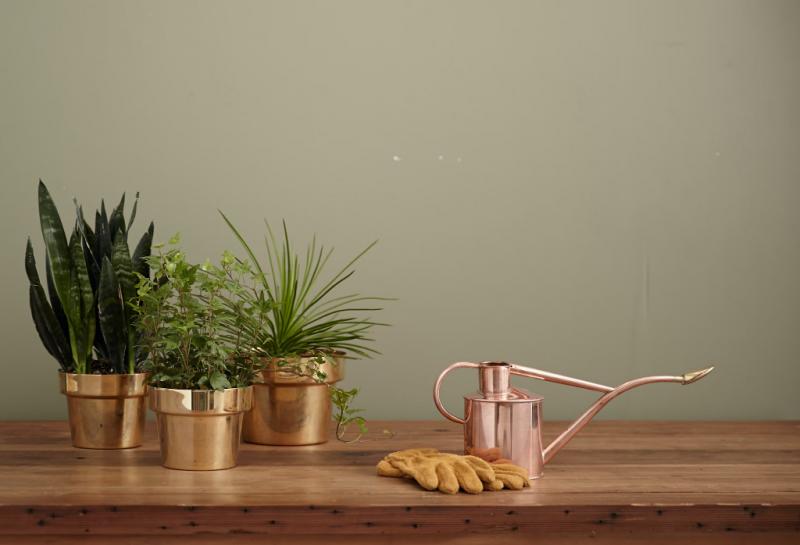Bucking The Trend And Helping Houseplants Thrive, Not Die

Houseplants are a great way to bring a bit of zen to an apartment, helping to improve productivity and provide light, but many of them are not properly cared for. According to Business Insider, 30% of all houseplants purchased in the USA end up perishing due to a lack of care from their owner - whether that’s overwatering, underwatering, improper pest control, lack of sun, or all of the above. Houseplants are generally made to be hardy - they seek to flourish without the direct heat, light, wind and soil that outdoors plants gain much of their strength from. Accordingly, giving proper care to houseplants requires a little research and investigation to get right.
Understanding the seasons
Part of helping houseplants to really flourish within the home is to understand how they might benefit from each season. Certain species will enjoy being bathed in sun during the summer, but might react poorly to the cold. Similarly, wet countries will have a great opportunity to provide window-sill hydration to thirsty plants. But should you?
As the end of the year approaches, it’s time to consider how to care for houseplants in winter. You need to take stock of your plants and see how they may need to be insulated. Certain houseplants, such as maidenhair fern and Chinese evergreen, thrive in the cold environments, according to Good Housekeeping. Conversely, many succulents and cacti-like plants will die if exposed to frost. Ensuring room temperature is regulated, and that the plants are moved from windowsills - yet provided with sunlight during the day through angling blinds and windows - is key.
Understanding water
Water is another key factor in which many homeowners make mistakes when it comes to plantcare. Too much or too little can be deadly to plants, causing rot or dehydration respectively. According to the New York Times, identifying if a plant has gone either way is relatively simple. Yellow leaves indicate water stress, one way or the other. A water meter can be really useful in testing if the roots are wet if topsoil is dry to the touch; this can necessitate repotting, if water is persistently staying in and around the roots, which can cause rot.
Deeper-seated root rot can be a long-term problem for the health of the plant. It’s possible to try antifungal treatments to rectify the damage, but it can require replanting healthy stems and propagating a new plant from there. Be careful when digging up roots, and take the opportunity to remove any dead non-feeding strands while you’re at it.
The question of feeding
Some houseplants will make use of feed, whereas others can experience a too-rich soil that actually harms them. Succulents in particular ‘enjoy’ neglect, in as much as they don’t require extra nutrients to really thrive. Sometimes repotting in fresh soil after years of use can be sufficient.
When it comes to plants that do enjoy feeding, GardenHealth.com makes a few specific recommendations. Firstly, only feed plants during their growth cycle - this is likely to be in spring and summer. Outside of this, the nutrients will go to waste and potentially hurt the plant. Secondly, apply feed judiciously. The chemical compounds in compost and fertilizer are very potent and can ‘scald’ leaves and stems. Put them on the soil and rake them in so as to prevent any issues like that; consider it diluting the formula.
Houseplants are a great way to liven up an apartment - but remember, they’ve been tended to in a perfectly balanced setting when they arrive on the store shelf. Bringing that through into the home can, admittedly, be difficult. However, houseplants can, and will thrive, with a little care given to their individual needs as living creatures.
More to Read:
Previous Posts:










